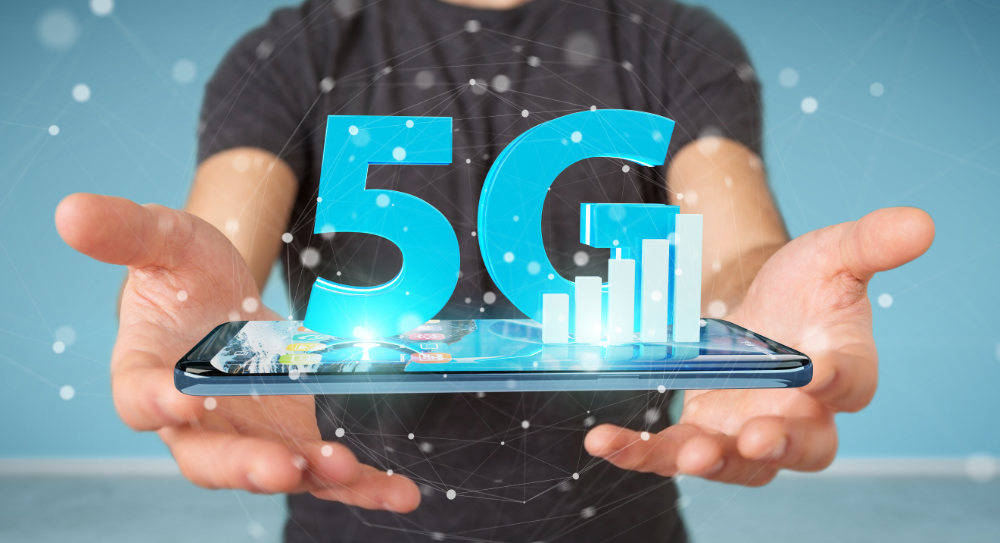What is 5G?
5G is the fifth generation of wireless technology that promises to offer faster speeds, lower latency, and higher capacity than previous generations of wireless networks. The technology is designed to be more efficient and cost-effective than previous generations, and it aims to enable a host of new applications and services, including virtual and augmented reality, autonomous vehicles, and smart cities.
Features of 5G
Some of the key features of 5G technology include:
Faster speeds: 5G is designed to provide faster download and upload speeds than previous generations of wireless technology. The technology promises to offer speeds up to 100 times faster than 4G.
Lower latency: 5G has lower latency than previous generations of wireless technology, which means that it can process and transmit data more quickly. This will enable more real-time applications, such as autonomous vehicles and remote surgery.
More devices connected: 5G is designed to connect more devices at once, which will enable the growth of the Internet of Things (IoT). This will allow for more connected devices and smarter homes, cities, and industries.
Benefits of 5G
There are many benefits to 5G technology, including:
Improved connectivity: 5G promises to improve connectivity in areas where traditional wired networks are not available or too expensive to deploy. This will enable more people to access the internet and stay connected.
Enhanced user experience: With faster speeds and lower latency, 5G will provide a better user experience for mobile users, allowing for more seamless streaming and downloading of content.
Enabling new applications and services: 5G will enable the growth of new applications and services, such as virtual and augmented reality, autonomous vehicles, and smart cities.
Challenges of 5G
Despite its many benefits, there are also some challenges to 5G technology, including:
Infrastructure costs: The deployment of 5G networks requires significant investment in infrastructure, including the installation of new towers and the upgrading of existing infrastructure.
Spectrum availability: 5G requires a significant amount of spectrum, which can be a scarce resource in some areas. This can limit the availability of 5G networks in some regions.
Security concerns: The increased number of connected devices and the use of virtualization in 5G networks can create new security vulnerabilities that need to be addressed.
Conclusion
5G wireless technology promises to be the next big thing in mobile networks, offering faster speeds, lower latency, and more connected devices. The technology will enable the growth of new applications and services, such as virtual and augmented reality, autonomous vehicles, and smart cities. While there are some challenges to the deployment of 5G networks, the benefits of the technology are significant, and it is expected to have a profound impact on the way we use mobile technology in the future.





